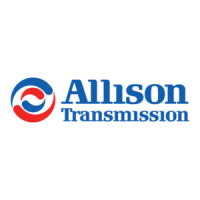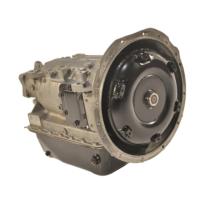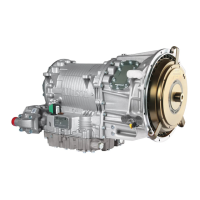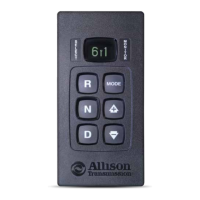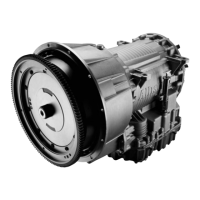Copyright © 2004 General Motors Corp. 1–5
GENERAL INFORMATION
Legend
Figure 1–5. 1000 and 2000 Product Families Transmission Nameplate Components (Before March, 2000)
(1) Model (Series) (4) Engineering Feature Configuration Number
(2) Engineering Group Number (5) Serial Number
(3) Transmission Identification Number (6) Date of Manufacture
E
C
A
P
S
O
R
E
A
E
L
I
B
O
M
O
T
U
A
D
E
T
I
N
U
A
C
I
R
E
M
A
F
O
S
R
E
K
R
O
W
T
N
E
M
E
L
P
M
I
L
A
R
U
T
L
U
C
I
R
G
A
D
N
A
UAW
933
DIVISION OF GENERAL MOTORS CORP.
DIVISION OF GENERAL MOTORS CORP.
INDIANAPOLIS, INDIANA
SERIAL NO.
MODEL
EFCN
DATE TID
XX–XXXX
XX–XXXX
XX–XXXX
XX–XXXX
XX–XXXX
XX–XXXX
XX–XXXX
XX–XXXX
XX–XXXX
XX–XXXX
XXXXXXX
XXXXXXXXXX
XXXXX XX
1 000SERI ES
1–4. GENERAL DESCRIPTION
a. Transmission Design Features. Allison 1000 and
2000 Product Families (Figures 1–1 and 1–2) are
torque-converter driven, electronically controlled,
fully automatic transmission systems. The 1000 and
2000 Product Families transmissions have up to five
forward speeds, neutral, and reverse. The fifth range
has an overdrive gear ratio. The 1000 and 2000 Product
Families incorporate a variety of standard and optional
design features.
1. Transmission-to-Engine Coupling. The con-
verter housings of 1000 and 2000 Product Fami-
lies transmissions mate directly to SAE No. 2
or No. 3 flywheel housings or to the engine
block in some cases. Flexplate drive is used for
engine-to-transmission torque transfer.
2. Torque Converter. Several torque converters are
available to match the transmissions to a wide
variety of diesel and gasoline engines. The
torque converter is a single-stage, polyphase,
three-element unit, consisting of a pump, sta-
tor, and turbine. At lower output speeds, the
torque converter multiplies torque and provides
a fluid coupling to the engine. At higher speeds,
the torque converter clutch (TCC) is automati-
cally engaged to provide direct drive from the
engine to the transmission. Hydraulic fluid for
converter charging pressure comes from the
sump and is supplied by the input pump. The
torque converter clutch is applied or released by
changing direction of fluid in the torque con-
verter. An integral converter damper minimizes
the need for additional engine vibration control.
3. Planetary Gearing. The planetary gear train in-
cludes three constant-mesh, helical gear plane-
tary sets. By the engagement of clutches in
various combinations, the planetary sets act
singly or together to provide five forward
ranges, neutral, and reverse.
4. Clutches. Five clutches (two rotating and three
stationary) direct the flow of torque through
the transmission. All range clutches are hy-
draulically-actuated and spring-released, with
automatic wear compensation. Clutches are
cooled by the transmission fluid. The transmis-
sion electronic control module signals solenoid
valves to apply and release clutches based on
speed and power combinations and the range
selected by the operator.
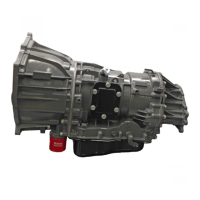
